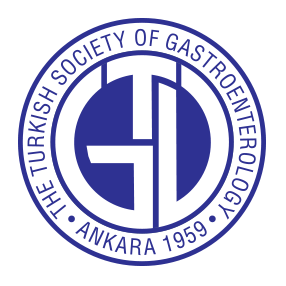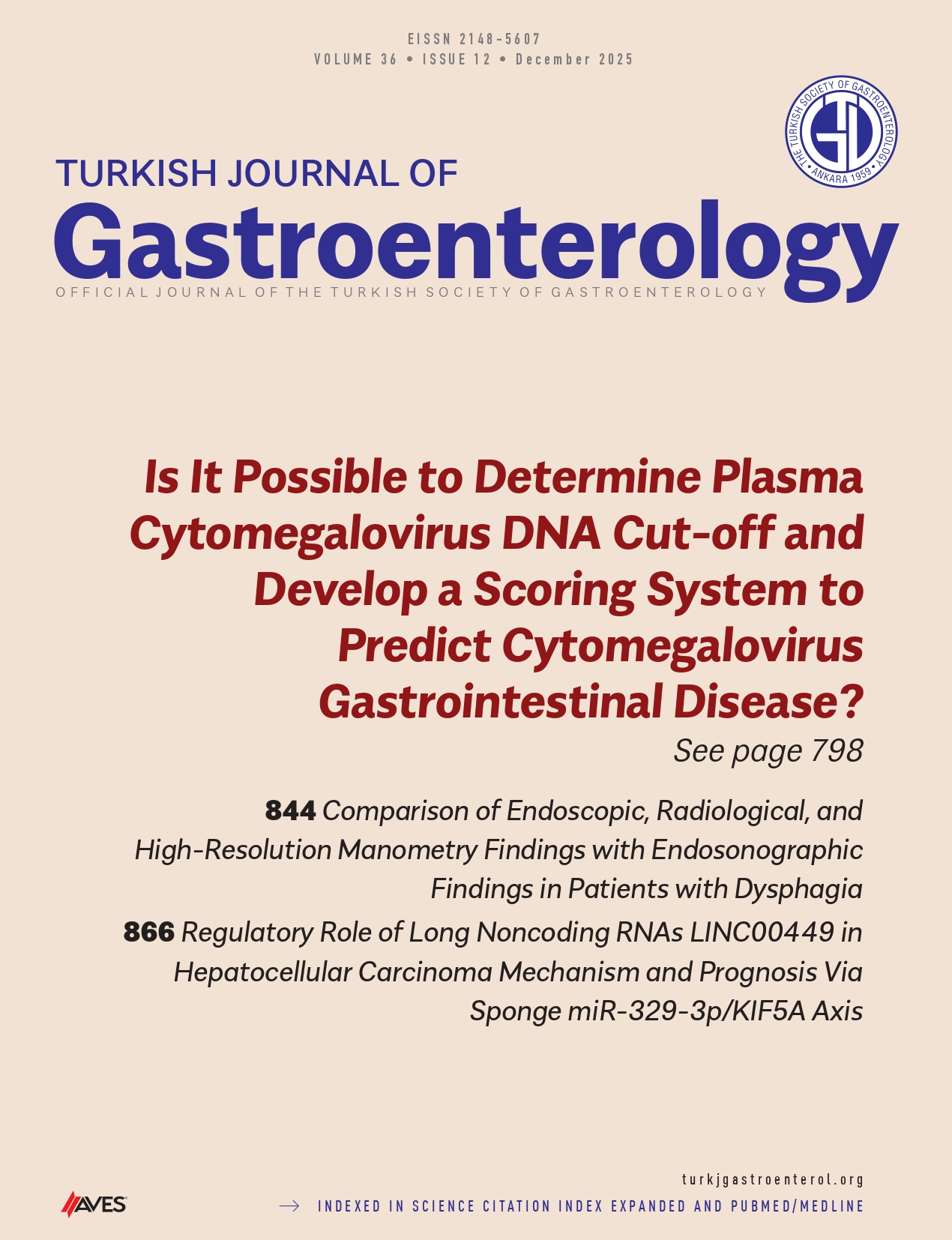Background/Aims: Cytomegalovirus (CMV) infection is a significant complication in pediatric liver transplant recipients. This study aimed to assess the incidence, risk factors, and suspected effects of CMV infection in children undergoing liver transplantation and compared acyclovir and ganciclovir-based preventive therapy.
Materials and Methods: The study included 92 patients who had liver transplants at Ege University Transplantation Unit between 2011 and 2021. Sixty-four pediatric patients with preoperative CMV immunoglobulin G (IgG) positivity were analyzed. Patients with early mortality, re-transplantation within 6 months, and CMV IgG negativity were excluded.
Results: The study consisted of 39 females (61%) and 25 males (39%), with a median age of 5.3 years at transplantation. Cytomegalovirus viremia occurred in 42 patients (65%), and CMV disease developed in 7 patients (10%). The median duration of CMV viremia was 40 days, and CMV disease was 105 days. Age was significantly associated with CMV disease development, with younger patients at higher risk (P = .007). The choice of antiviral treatment (acyclovir vs. valganciclovir) did not significantly impact the development of CMV viremia or disease.
Conclusion: Cytomegalovirus viremia and disease are common in pediatric liver transplant recipients, with younger age being a significant risk factor for CMV disease. However, CMV viremia and disease did not significantly impact this cohort’s graft loss, acute cellular rejection, or mortality. The choice of antiviral treatment and immunosuppression protocols did not influence CMV outcomes. These findings highlight the need for vigilant monitoring and tailored management strategies for CMV in pediatric liver transplantation.
Cite this article as: Dogan B, Bora K, Sema YA, et al. CMV infection in pediatric liver transplantation and comparison of prophylaxis methods depending on donor serostatus. Turk J Gastroenterol. Published online November 7, 2025. doi:10.5152/tjg.2025.24585.




.png)
.png)